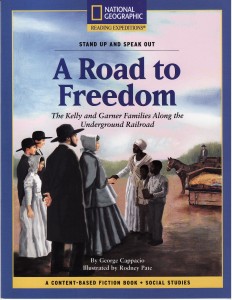George began his professional life as an aspiring poet. His earliest role models were the poets Kenneth Patchen and Rainer Maria Rilke, whose commitment to writing and to living the life of a poet George tried to emulate. Though he has never reached their level of achievement (and doesn’t expect to, at least not in this lifetime), he continues to follow his somewhat unpredictable muse.
George’s muse led him into the world of theater in his mid-twenties when he began a new career as an actor. While acting at night in many of Boston’s “off Broadway” theaters, George worked by day in leading children’s theater companies. He also formed a radio theater troupe composed of high school students whose radio plays were broadcast on local college radio stations. Not content to limit himself to performing, he soon found himself writing, directing, and producing children’s plays as well as radio dramas.
George’s storytelling career began as an offshoot of his work in children’s theater and eventually evolved into the central focus of his life. Given the peculiar nature of his muse, it was perhaps inevitable that George would begin writing stories in addition to telling them. Over the past decade, he has written over thirty books for educational publishers in history, social studies, science, and language arts. Most of his books are available in public libraries or can be purchased through Amazon.com, and include both fiction and non fiction for kids ages 7 and up.
Despite these many twists and turns in his professional life, George remains faithful to his muse, who continues to lure him back to his first love — writing poems, like these:
Mill Town at Sunset, Mid-November
. . . and visual poems like these:


